#physical wellness
Text

System of main meridians with acupuncture point locations
#acupuncture#TCM#traditional chinese medicine#pseudoscience#chart#information#physical wellness#u#ref
46 notes
·
View notes
Text
Health & Balance:Ways to Be Happier
Scientists say walking tall with swinging arms helps you feel more positive. Even if you're not feeling happy, a spirited stroll can help you fake it till you make it.
Want to lift your spirits? Lift the corners of your mouth. When you smile like you mean it, you can change your brain's chemistry and feel happier.
Find ways to get involved in your community or help out a friend in need. You'll help yourself, too. It can improve your mental health and well-being. Win-win.
It makes you feel good to spend time with people who care about you. So be open to new relationships, whether it's someone you meet at the office, gym, church, or park. But be sure to maintain those lifelong connections, too. Studies show the more connected you are, the happier you are.
Write down everything that's good in your life. When you make an effort to look on the bright side, it helps you stay focused on the positive.
It can take as little as 5 minutes for exercise to put you in a better mood. Moving your body also has good long-term effects: Regular exercise helps keep depression at bay.
Are you holding a grudge? Let it go. Forgiveness frees you from negative thoughts and makes more room in your life for inner peace. And that brings you happiness.
Meditate for an hour a week. It'll give you a dose of joy, peace, and contentment. It'll also create new pathways in your brain to make it easier for you to feel joy.
Music can have a powerful effect on your emotions. Pick your favorite music mix and get into the groove. You'll get a real feel-good vibe.
Most adults need 7 or 8 hours of sleep each night to stay in a good mood. You're more likely to be happy when you get enough shut-eye.
Words are not mine found this on a website I follow&trust.
#positive mental attitude#mental health#health#health and wellness#wellness#i need sleep#healthy#nutrition#healthy eating#healthylifestyle#exercise#healthy diet#music therapy#physical health#physical wellness#physical wellbeing#stress#burnout#mentalhealth#psychology#failure#mental illness#actually mentally ill#mentally fucked#bed#rest#exercices
12 notes
·
View notes
Text
Walking My Own Path
"As you start to walk on the way, the way appears." - Rumi.
I did start to walk on the way, and the way did appear, I am walking my own path. That said, I would go back to my childhood for no other reason than where I am now is continually emotionally draining in a world that is permanently changed. It would have to be a different childhood with easier experiences, because the childhood I had was draining. Writing is making what I deal with easier, but I also know that if I had have known then what I know now, I wouldn't be writing today.
My mental and emotional challenges
It's difficult for me to comprehend just how much I've mentally been through over the years. With autism every day is a mental and emotional challenge. I continually have to come out of my comfort zone to challenge and work around my emotional and mental health. The life I got isn't the life I wanted; but a life the universe thought I needed.
I've had to fight for what I've got
When I look back, I didn't get what I needed and I've had to fight for what I've got. For anyone who has been through a difficult childhood, a painful childhood, it's understandable to wish for a different life, an easier path. This is where my writing comes in; it's making a difference.
We can't change the past
We can't change the past or those who played a part in our past, but we can work on making positive changes in the present. What are some of the things you wish were different about your childhood and how do you think you can work towards creating a better path for yourself now?
For more inspirational, lifestyle blogs, please check out my site https://www.thecpdiary.com
#thecpdiary#blog#Walking#MyOwnPath#by myself#happy#selfmade#self love#self care#self discovery#self development#mental health journey#physical wellness#health and wellbeing
3 notes
·
View notes
Photo

Source: https://www.facebook.com/SourceMessages/photos/a.2203765509860639/3301021130135066/
#healing#source#overthinking#physical wellness#physical healing#physical#exercise#movement#corporeal#spirituality#spiritual#spiritual awakening#enlightenment#spiritual enlightenment#energy#synergy#mind#body#soul#alignment#emotions#mental health#mental wellness#massage#grounding
36 notes
·
View notes
Text
finding a simple to understand guideline about physical injuries you've never experienced is wonderful. This sprained ankle is the first one I've ever had, and I'm 23 years old as of a few weeks ago. I've definitely twisted my ankle a handful of times but never sprained it. It's also nice to find a guideline that doesn't condescend, since I had a feeling it would be like "why don't you know this already? clown" or whatever
I've got a pretty physical job - I work at Wal-Mart - so I'm on my feet pretty regularly. This lets me know I should take tomorrow off as well and basically take a three day weekend to ice my ankle and let it rest. I'll also be calling my HR manager to discuss returning to work and potentially getting a boot to easy the pressure when I do come back on Sunday.
That is to say, unless my ankle is able to take my weight again and my limp isn't so bad that it'll take me twice as long to get to the bus stop. I'll have a few hours before I would even need to catch my bus to discern this, so there's a little less stress there. Plus, all of my work stuff is already prepared from Thursday, so I won't need to worry about that.
Back to the guide itself, the website has a large selection of information for essential wellness, including but not limited to: how long certain injuries take to heal, what the best brace is for certain strains or sprains, the benefits of canes and massage guns (separate but similar page titles), and a wide selection of exercises that can be done seated, while injured, and more. it's very clearly written, reads in a calm and understanding tone, and has bold title headers (in most cases. One of the pages I opened had some very thin, poor-contrast headers that I barely noticed, and my eyesight isn't that bad with my glasses on.) I highly recommend this website for those of you with physical health questions pertaining to joints and minor injuries like sprains.
if anyone else has guides like this from other websites for other injuries, please share in the comments and reblogs! also, if you have deeper information on this website that can prove it would be better replaced with something different, absolutely share that!
#health#physical health#sprain#ankle sprain#general wellness#physical wellness#chronic pain#canes#cane users#knee braces#ankle braces#joint braces#chronic illness#chronic fatigue#essential wellness
2 notes
·
View notes
Text
4 Healthy Habits for Maintaining Sobriety During the Recovery Process
4 Healthy Habits for Maintaining Sobriety During the Recovery Process
The road to recovery and sobriety is rarely an easy one, but taking the first step means you are on the right path. Staying true to that path can be the most challenging aspect of the entire process, though. Incorporating healthy habits into your everyday life can help you keep a positive mindset and focus on the choices you want to make. Though it can be hard to know what habits you are willing…

View On WordPress
#addiction#anxiety#body#conscious choice#depression#eating healthier#emotional wellness#exercise routine#Finding meaning and positivity#fitness goal#fitness goals#Focus#healthy habits#healthy lifestyle#meaningful learning#Mental health#Mind#nature hikes#new perspectives#Physical Wellness#positive mindset#positivity#recovery#relaxation#right path#sleep#sobriety#Stress-Free#support#Support group
5 notes
·
View notes
Text


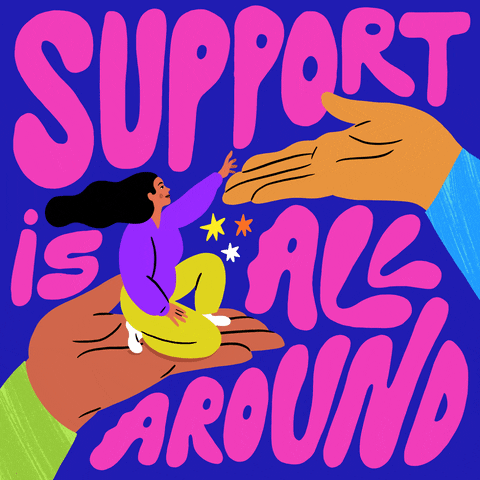
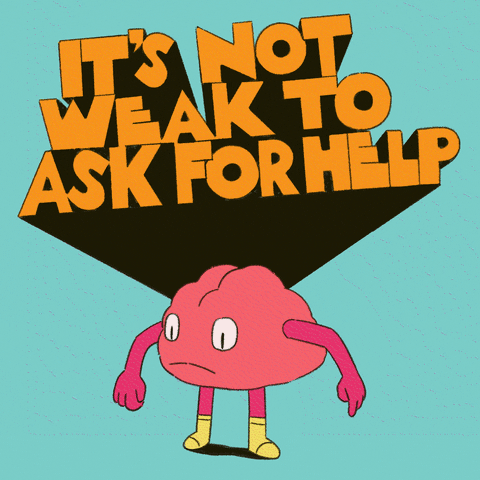


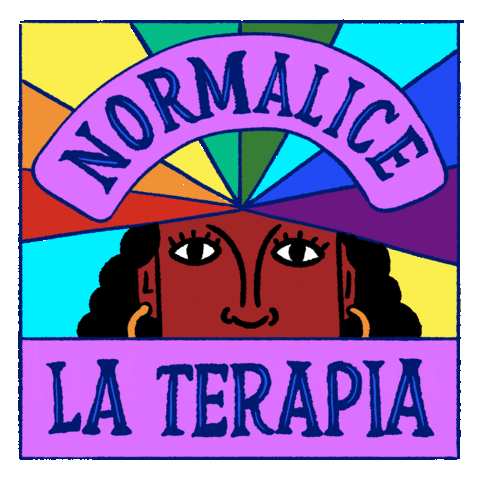

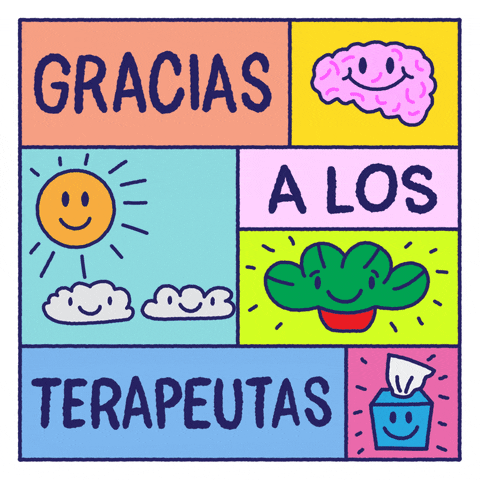
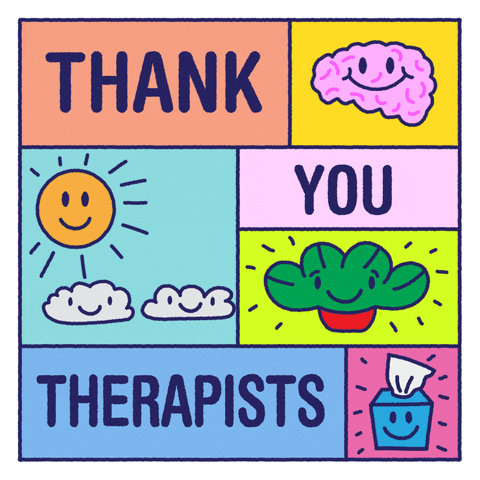
0 notes
Text
Gait training is a vital component of physical therapy, particularly for individuals seeking to enhance their mobility and regain independence in their daily lives through a balance physical therapy in Cazenovia, NY. Whether you’re recovering from an injury, managing a chronic condition, or simply aiming to improve your overall physical wellness, gait training offers a myriad of benefits that extend beyond just walking.
0 notes
Text
Are you struggling with neck pain and seeking relief? Look no further than physical therapy in Georgia. Neck pain can be debilitating, affecting your daily activities and overall well-being. Fortunately, there are effective ways to alleviate discomfort and improve mobility, allowing you to get back to enjoying life to the fullest.
0 notes
Text
4 SIGNS OF MENTAL ILLNESS

As life has gotten fast and hectic, different health issues have got introduced lately. Not just physical issues, one of the major problems that many of the people suffer today with is mental illness.
#mental illness#mental health#mental wellness#physical illness#physical wellness#hectic mental issues#KIMS health hospital#KIMS health in trivandrum#best hospital in Trivandrum
0 notes
Text
Dance is a beautiful form of expression, but the physical demands it places on the body can lead to injuries without proper care. To ensure a safe and injury-free dance experience, it’s crucial to incorporate preventative measures. In this article, we’ll explore effective tips for injury prevention.
0 notes
Text
Blue Zones Diet
The term 'Blue Zones' has been coined to refer to the places in the world with the healthiest, longest-living populations, including Okinawa; Japan, Sardinia, Italy; Nicoya, Costa Rica; Ikaria, Greece; and Loma Linda, California.
On the blue zones, people eat a wide variety of garden vegetables. The best longevity foods in the blue zones diet are leafy greens such as spinach, kale, beet and turnip tops, chard, and collards. Studies have found that middle-aged people who consumed the equivalent of a cup of cooked greens daily were half as likely to die in the next four years as those who ate no greens.
Researchers have also found that people who consumed a quarter pound of fruit daily (about an apple) were 60% less likely to die during the next four years than those who didn’t.
Many oils derive from plants, and they are all preferable to animal-based fats. Olive oil is the oil most often used in the blue zones diet and evidence shows that olive oil consumption increases good cholesterol and lowers bad cholesterol.
The following simple guidelines reflect how the world’s longest-lived people ate for most of their lives.
Here's a summary of the key points:
Plant-Based Diet
Some 95% of blue zone diets food come from a plant or a plant product with animal protein limited to no more than one small serving per day.
Emphasis on vegetables, fruits, beans, nuts, seeds, and whole grains;
Leafy greens like spinach and kale are highlighted;
Consuming a cup of cooked greens daily and a quarter pound of fruit daily has been linked to better health outcomes.
Studies have found that middle-aged people who consumed the equivalent of a cup of cooked greens daily were half as likely to die in the next four years as those who ate no greens. Researchers have also found that people who consumed a quarter pound of fruit daily (about an apple) were 60% less likely to die during the next four years than those who didn’t.
Many oils derive from plants, and are all preferable to animal-based fats. Olive oil is the oil most often used in the blue zones diet and evidence shows that olive oil consumption increases good cholesterol and lowers bad cholesterol.
Limit Animal Protein
Animal protein intake is restricted to small servings, with meat consumption limited to twice a week or less;
Fish is a common source of animal protein, consumed in small portions, usually two to three times per week;
Dairy products, particularly cow's milk, are minimised, with alternatives like sheep's or goat's milk products occasionally consumed.
Limit animal protein to twice a week or even less, in servings sized no more than two ounces cooked and avoid processed meats like bacon or sausages.
In most blue zones diets people ate small amounts of pork, chicken, or lamb, eating small amounts of meat, about two ounces or less at a time, about five times per month. Neither beef nor turkey figures significantly into the average blue zones diet. It is thought that any harmful effect was counterbalanced by other food and lifestyle choices.
Healthy Fats
Oils derived from plants, particularly olive oil, are preferred over animal-based fats;
Olive oil consumption is associated with improved cholesterol levels.
Moderate Egg Consumption
Eggs are eaten occasionally, typically two to four times per week;
Eggs from free-range chickens are preferred for their nutrient content.
Reduce Meat Consumption
Meat is consumed sparingly, about two ounces or less at a time, around five times per month;
Processed meats like bacon or sausages are avoided.
On the Blue Zone diet you can eat meat twice a week or even less in servings sized no more than two ounces cooked and avoid processed meats like bacon or sausages.
In most blue zones diets people ate small amounts of pork, chicken, or lamb, eating small amounts of meat, about two ounces or less at a time, about five times per month. Neither beef nor turkey figures significantly into the average blue zones diet. It is thought that any harmful effect was counterbalanced by other food and lifestyle choices.
Fish Consumption
Fish intake is encouraged, with small portions consumed regularly, about two to three times per week;
Emphasis on selecting fish that are common and abundant and not threatened by overfishing.
You can eat up to three ounces of fish daily which is equivalent to about the size of a deck of cards before it is cooked. Select fish that are common and abundant, not threatened by overfishing. In blue zones diets, fish is a common part of everyday meals, eaten on average two to three times a week.
Please consider ethical and health considerations involved in including fish in your diet. In the world’s blue zones, in most cases, the fish being eaten are small, relatively inexpensive fish such as sardines, anchovies, all species that are not exposed to the high levels of mercury or other chemicals that pollute gourmet fish supply today. People in the blue zones don’t overfish the waters. There is no blue zones diet evidence suggesting and any particular fish should be eaten.
Ethical and Health Considerations
For example:
Inclusion of small, relatively inexpensive fish species that are not exposed to high levels of pollutants;
No specific fish is recommended, and overfishing is avoided in Blue Zones.
Dairy Reduction
Minimisation of cow’s milk and dairy products due to lactose intolerance issues;
Calcium and protein are obtained from plant-based sources like kale or tofu.
Minimise your consumption of cow’s milk and dairy products such as cheese, cream and butter. Cow’s milk does not figure significantly in any blue zones diet. In terms of the human diet, dairy is a relative newcomer, introduced about 8,000 to 10,000 years ago. Our digestive systems are not optimised for milk or milk products and now we recognize that a significant number of people have some difficulty digesting lactose.
While western diets have relied on milk for calcium and protein for decades, in the blue zones diet people get these nutrients from plant-based sources such as kale or tofu, both of which provide as much calcium as a cup of milk.
Small amounts of sheep’s milk or goat’s milk product are eaten in a blue zones diet and goat’s and sheep’s milk products figure prominently in the traditional diets of both the Ikarian and Sardinian blue zones.
Eggs Consumption
Eggs are considered acceptable for consumption, providing complete protein and various essential nutrients;
Eggs from free-range chickens are preferred.
Eggs are consumed in all blue zones diets, where people eat them an average of two to four times per week. As with meat protein, the egg is a side dish, eaten alongside a larger portion of a whole-grain or other plant-based feature.
Eggs in the blue zones diet come from chickens that range freely, eat a wide variety of natural foods, do not receive hormones or antibiotics, and produce slowly matured eggs that are naturally higher in omega-3 fatty acids. Factory-produced eggs come to maturity about twice as fast as eggs laid by breeds of chickens in the blue zones.
Eggs provide a complete protein that includes amino acids necessary for your body plus B vitamins, vitamins A, D, and E, and minerals such as selenium.
Other foods on the Blue Zone diet include beans, nuts, sourdough bread. When it comes to beverages, you should drink between 6-8 glasses of water a day. It is okay to drink tea, coffee, and red wine in moderation
In summary
The key principles of the Blue Zones diet include focusing on plant-based foods, limiting animal protein intake, consuming fish in moderation, reducing dairy consumption and enjoying eggs occasionally. By following these simple guidelines inspired by the world's healthiest and longest-living populations, you can improve your overall health and well-being. (Source: bluezonescom)
For more inspirational, lifestyle blogs, please check out my site https://www.thecpdiary.com
#thecpdiary#blog#blue zones#bluezonesdiet#healthy#healthy diet#plantbasedprotein#healthylifestyle#healthyliving#health#longevity#nutrientdense#holisiticnutrition#healthandwellbeing#physical wellness
2 notes
·
View notes
Photo

Very practical message for the day. It’s amazing just how much being in survival mode can affect physical and mental well-being. Additionally, it’s surprising just how consistent hypervigilance can lead to or aggravate chronic illnesses of the mind and body.
Take this new month as an opportunity to dial things back. Tune in with your mind and body and begin (or continue) to be intentional about your healing and living a more peaceful and engaging life.
Source: https://www.facebook.com/SourceMessages/photos/a.2203765509860639/3284271975143315/
#healing#recovery#growth#well-being#wellness#mental wellness#mental health#physical healing#physical wellness#alignment#manifestation#birthright#rebirth#living#life#journey#peace#peace of mind#Mental Fortitude#survival mode#survival#hypervigilance#Journey of Life#spirituality#spiritual awakening#spiritual#spiritual message#source#enlightenment#ascension
14 notes
·
View notes
Text
New Blog!
Please Read this blog if you are a health freak.
4 Nutrient rich foods to stay healthy:https://curiousmind.world/4-nutrient-rich-foods-to-stay-healthy/
Show some love guys if you reading it.
Like, share, subscribe to newsletter, leave your comment, also there’s product links do check it too.
thanks!
0 notes
Text
Natural Strength
If you are into fitness, physical and mental wellness you may want to pay attention and try this out. For you to fortify your body by continuing to build your musculoskeletal structure, and other organs you may want to try regeneratively raise beef. You will instantly notice the difference between beef raised with hormones, and antibiotics and beef that is regeneratively raised devoid of such chemicals. You will find more information on regeneratively raised and nutrient beef here:
https://9e8q.com/nutrient-dense-beef/,
Or by going to the URL on the meme below
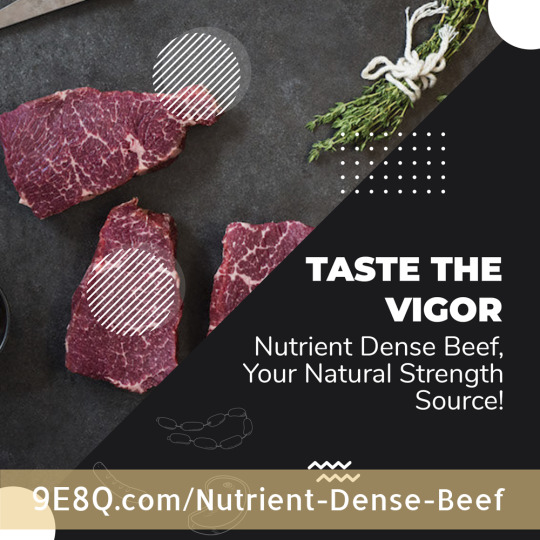
#rrr247#mental health#carnivore diet#benefits#wellness#physical wellness#physical wellbeing#physical health#mental wellbeing#mental wellness
0 notes
Text
Sports Physical Therapy Clinic Destination in St. Paul
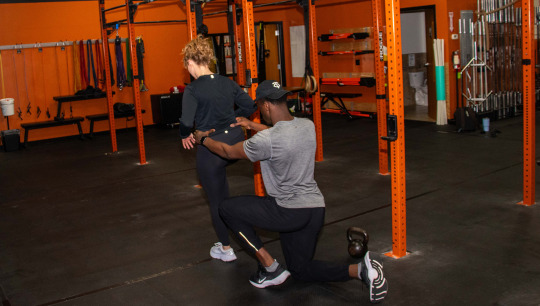
Welcome to LAB Sports Therapy, St. Paul’s premier sports physical therapy clinic destination, where art and science converge for unparalleled rehabilitation.
#physical therapy#physical rehabilitation#physiotherapy#sports therapy#sports physical therapy clinic#physical wellness#post surgery rehab#Dry Needling
1 note
·
View note